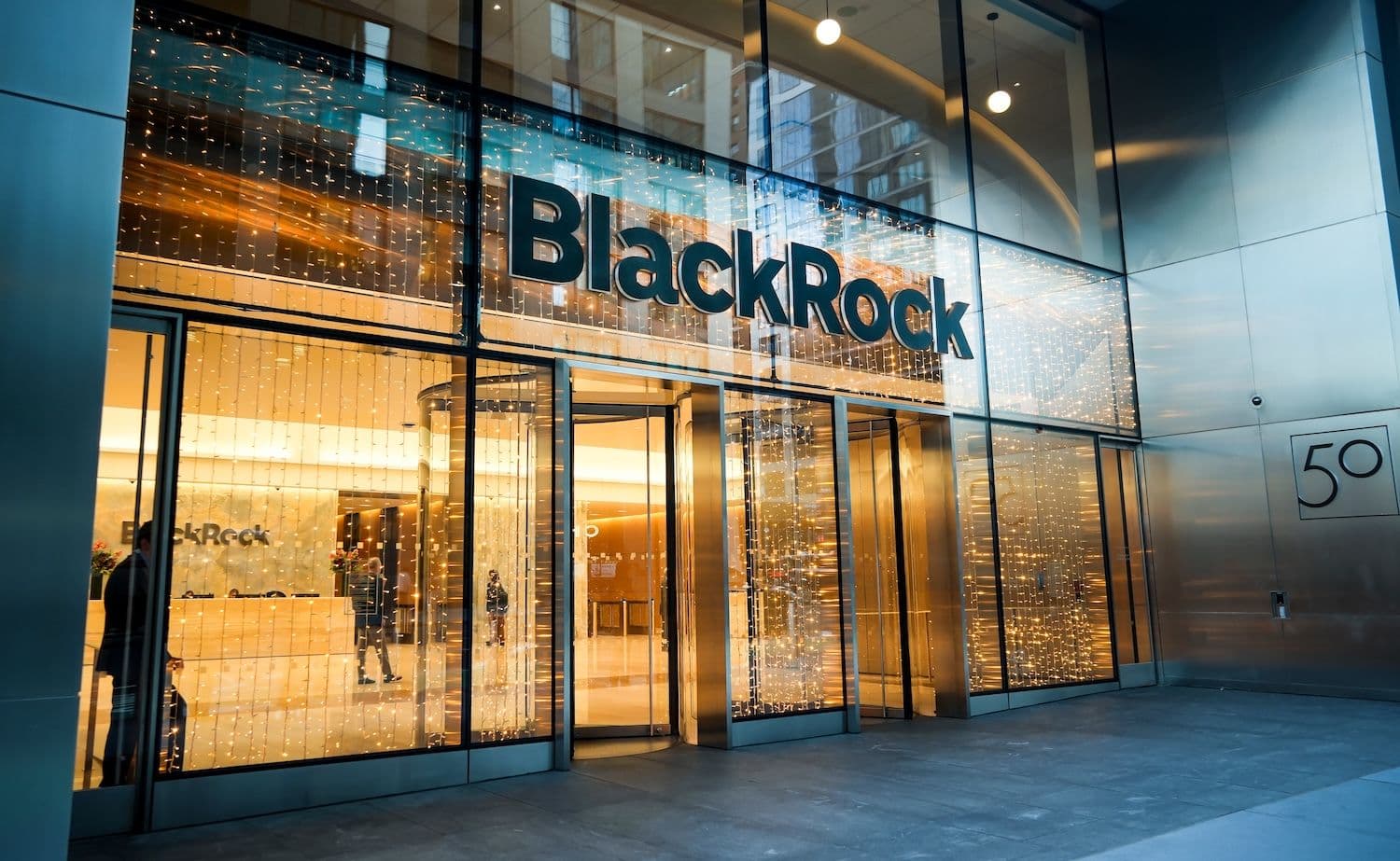$1 Million
GOAL
REACHEDPUBLIC
SALE
SOLD OUT






Recent News on Cryptocurrency, Blockchain, and Finance | Yellow.com
Explore the latest Web3 and blockchain developments, cryptocurrencies news, market updates, technology, trading, mining, and trends.
Coinbase Says Crypto Is Leaving Its Cycle Era Behind In 2026
Coinbase’s Crypto Market Outlook 2026 says institutions, stablecoins, and AI are reshaping markets as traditional crypto cycles lose relevance.
Murtuza MerchantDec 20, 2025

Coinbase Sues Illinois, Michigan, Connecticut Over Prediction Market Authority
Coinbase sued Illinois, Michigan, Connecticut on Dec 19, arguing CFTC has exclusive jurisdiction over prediction markets, not states.
Kostiantyn TsentsuraDec 20, 2025

South Korea Lawmaker Urges Rapid Stablecoin Adoption to Protect Won Sovereignty
Rep. Min Byoung-dug urged South Korea to institutionalize stablecoins rapidly, warning delays threaten payment sovereignty.
Kostiantyn TsentsuraDec 20, 2025

Ethereum Confirms Hegota Upgrade For 2026 After Glamsterdam Hard Fork
Ethereum developers named Hegota as the post-Glamsterdam upgrade for 2026, focusing on Verkle Trees and execution-layer efficiency.
Kostiantyn TsentsuraDec 20, 2025

Bitcoin Quantum Debate Escalates Between Blockstream CEO and Castle Island VC
Blockstream CEO Adam Back criticized Nic Carter for amplifying quantum computing threats to Bitcoin after Castle Island invested in defense startup.
Kostiantyn TsentsuraDec 20, 2025

Warren Buffett, Philippe Laffont Pour $5.6B Into Alphabet Amid AI Boom
Warren Buffett, Philippe Laffont, Stanley Druckenmiller invested $5.6B in Alphabet in Q3 2025 as Google Cloud revenue surged 34% YoY.
Kostiantyn TsentsuraDec 20, 2025

Bitcoin ETF Attracts Record Flows Despite Price Decline, Signaling Investor Shift
BlackRock's Bitcoin ETF attracted $25.4B in 2025 despite 9.6% loss, ranking 6th among all ETFs as new institutional investors reshape market.
Kostiantyn TsentsuraDec 20, 2025

Ethereum Investors Withdraw $978M From Exchanges During Weekly Price Decline
Weekly decline prompts $978M in Ethereum withdrawals from exchanges, suggesting accumulation phase.
Alexey BondarevDec 20, 2025

Michael Saylor Predicts Bitcoin Quantum Upgrade Will Deliver Twin Benefits: Hardened Security And Identified Lost Supply
Strategy's Michael Saylor explains how quantum-resistant upgrade reveals lost Bitcoin supply and will enforce security.
Alexey BondarevDec 20, 2025

From Stablecoins To AI: How Crypto Leaders See 2026 Taking Shape
Crypto leaders say 2026 will focus on stablecoins, AI, regulation, and real-world adoption after the industry’s 2025 reset.
Murtuza MerchantDec 19, 2025

